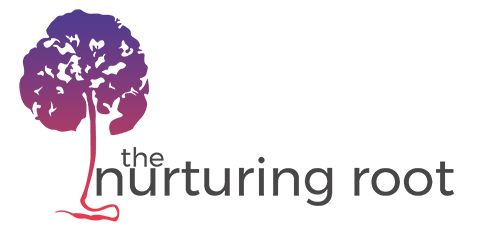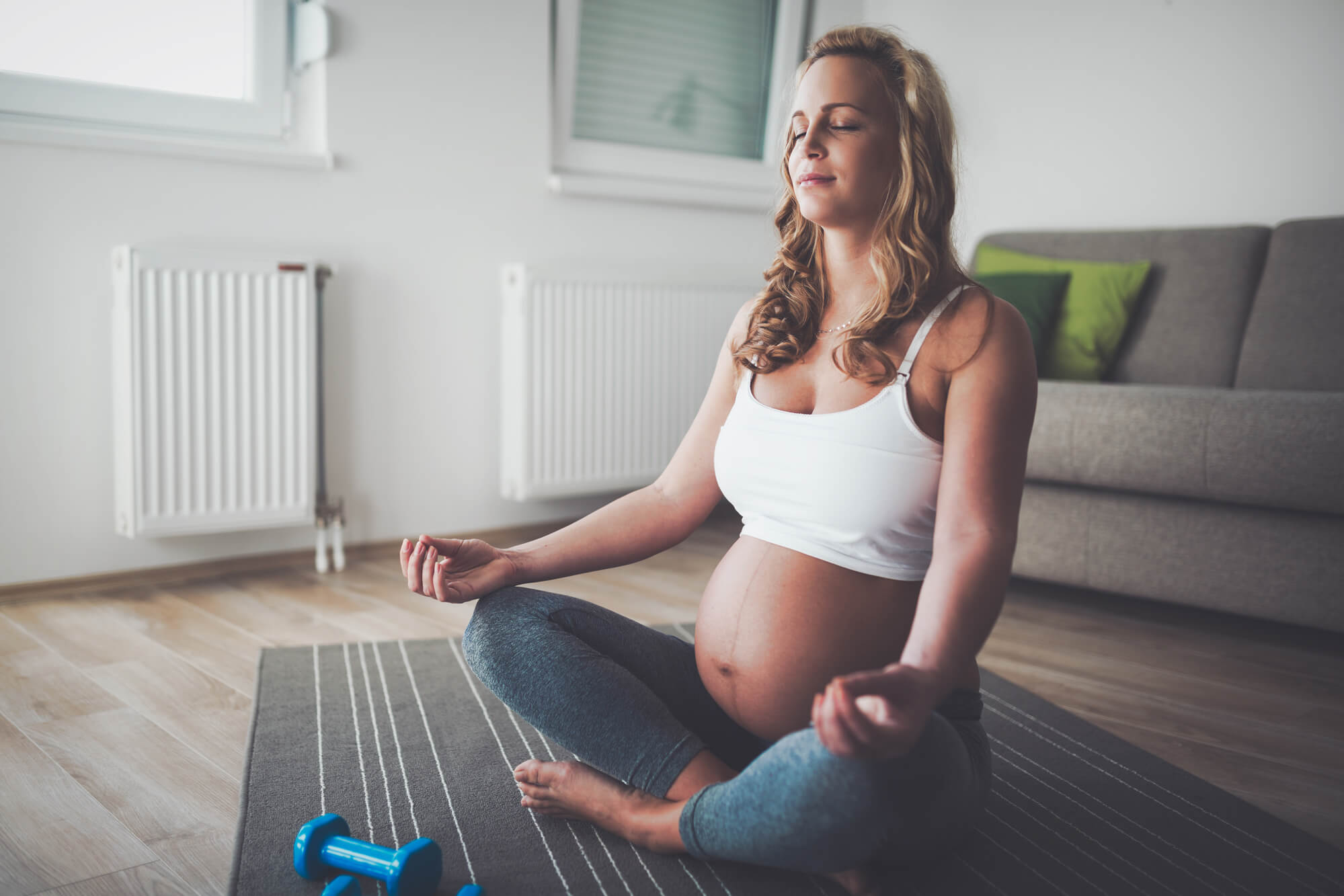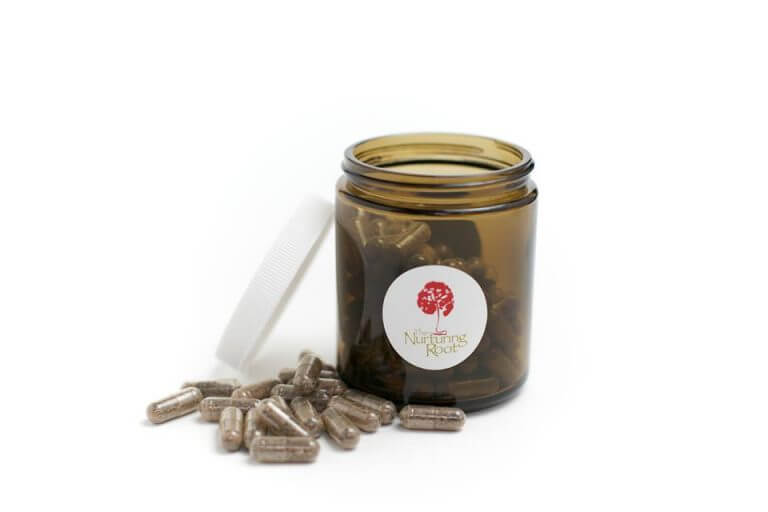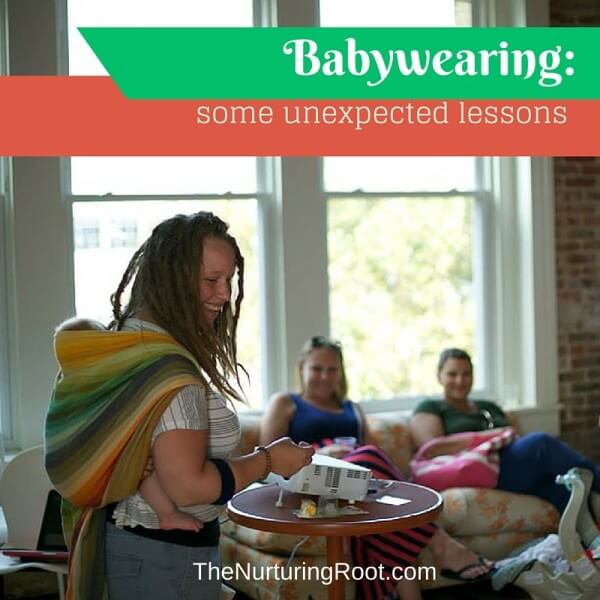Yoga Poses for the Pregnant Mother
Written by: Stephanie Misanik
Yoga is one of my FAVORITE things to talk about with expecting mommas. Whether you are an experienced yogi or brand new to the mat, prenatal yoga can be a fantastic tool to help ease moodiness, shortness of breath and swollen ankles often experienced during pregnancy. It provides you with a sacred space to really bond and connect with your baby AND helps prepare your body for the upcoming mystery of labor. In addition, hitting your mat in a room full of other expecting mommas really creates an energy that I have never experienced anywhere else. There is something super powerful about expecting mothers coming together and taking time to connect with themselves, their babies and other moms. If you are feeling all alone in your pregnancy, like nobody gets it…get to a prenatal yoga class! It’s a safe space to share your experience (the good, the bad and the ugly) with other moms who really truly understand what it is you’re going through. It’s a fantastic way to create community and feel supported during this beautiful time of life.
If the thought of doing any physical exercise whatsoever seems incredibly overwhelming to you, think of it like this. Labor is one of the most physically and emotionally intense experiences you will ever endure in this lifetime. You wouldn’t run a marathon without some physical preparation, and labor is no different. The asanas (physical poses) of yoga help you to build your strength and stamina while improving circulation. The meditation during savasana can help you relax and bring your awareness within. The pranayama (breathing exercises) will be an indispensable tool that you can use to breathe through your contractions when the big day comes.
Safety is key when it comes to exploring the world of prenatal yoga. If you have never practiced yoga before, it’s important that you only practice prenatal yoga when pregnant. Now is not the time to check out hot yoga for the first time. If you already had a strong yoga practice before pregnancy, you may be able to continue that practice (with modifications) during your pregnancy. Whether you are experienced or brand new, I recommend sticking to a gentle non-heated flow during your first trimester as the fetus is still implanting and the risk of miscarriage is highest.
As you hit your mat, keep in mind that when pregnant, your body produces a bunch of the hormone relaxin, which softens the connective tissue. This is super important because it allows the joints in your pelvis to become more flexible as your uterus expands, making room for your growing baby. Unfortunately, it also can lead to instability in the sacroiliac (SI) joints and can cause lower back pain, so be careful not to overstretch during your practice.
When it comes to knowing which poses are safe and which should be avoided, there are some general guidelines, but mostly I suggest listening to your body. If something feels good, keep doing it…and if something feels bad, stop. Here are some helpful guidelines to get you started:
Safe Poses:
Standing poses such as Utthita Trikonasana (Triangle), Utthita Parsvakonasana (Extended Side Angle) and Virabhadrasana 1-3 (Warrior 1-3) are safe and a great way to ground you to the earth and build strength throughout your pregnancy.
Balancing poses such as Vrkasana (Tree) and Garudasana (Eagle) are okay too. I recommend doing them near a wall or chair if you are feeling unstable.
Hip openers such as Baddha Konasana (Bound Angle Pose), Upavistha Konasana (Wide-Angle Seated Forward Bend), Agnistambhasana (Ankle-to-Knee Pose), Eka Pada Kapotasana (1/2 Pigeon Pose), Balasana (Wide-Knee Child’s Pose) and Malasana (Deep Squat) are great because of the focus on flexibility that will be needed later on for delivery, just don’t overdo it because the hormone relaxin is softening all the joints and they are easily dislocated with excessive stretching. These hip openers are especially helpful in the third trimester because they relieve lower back pain and create space around the pelvis. They are great poses to use during labor as well to release the lumber spine and open the hip joints.
Stretches on the back such as Supta Baddha Konasana (Recline Bound Angle Pose) and Supta Padagusthasana (Reclining Big Toe Pose – with a strap) are great during the first trimester. After 20 weeks, I suggest placing a blanket or bolster under your upper back to elevate your upper body past 20 degrees
Poses to Avoid:
Avoid intense abdominal work like Paripurna Navasana (Boat Pose) because the uterus is super delicate right now. As you progress in your pregnancy, doing super intense abdominal work runs the risk of tearing and separating your abdominal muslces.
Avoid deep twists like Parivrtta Trikonasana (Revolved Triangle), Parivrtta Parsvakonasana (Revolved Side Angle) as they tend to exert too much pressure on the abdominal cavity.
Avoid inversions except Adho Mukha Svanasana (Downward-Facing Dog) for short amounts of time.
Safe Backbends During Pregnancy:
I am often asked if backbends are okay during pregnancy, and my answer is YES, with modifications. It is super important to listen to your body, so if your body is telling you that something doesn’t feel good listen to it! Here are some safe backbends to take during pregnancy, if it feels good to you:
Supported Matsyasana (Supported Fish Pose)
Sphinx Pose on two blocks and a bolster underneath your thighs. During pregnancy, the femurs shift forward in the hip sockets. Placing a bolster underneath your thighs helps to lift the femurs toward the hamstrings, centering the thighbone in the hip socket. The blocks give extra height to create space for you baby bump.
Urdhva Mukha Svanasana (Upward-Facing Dog) with a bolster under your thighs
Ustrasana (Camel Pose) with blocks on the outside of your legs
In addition to the asanas, breath work is a fantastic yogic tool to calm the mind and prepare you for the big day. The two most beneficial kinds of pranayama (breathing exercises) during pregnancy are Ujjayi (long, strong deep breaths in and out, through your nose with a slight constriction in the back of your throat) and Nadi Shodhana (alternate nostril breathing). It’s important to stick to these two and avoid any kind of breath retention or hyperventilation because it could limit the baby’s oxygen supply.
In the end, remember that you are a powerful woman. Trust your intuition. If something doesn’t feel good, don’t ignore that feeling. Listen to your body, do what makes you feel good. Prenatal yoga is a great opportunity to bond with your baby, to meet other moms and to prepare your body for the birthing process. I hope to see you in class!
Plants for Life,
Stephanie Misanik, INHC, RYT-200





